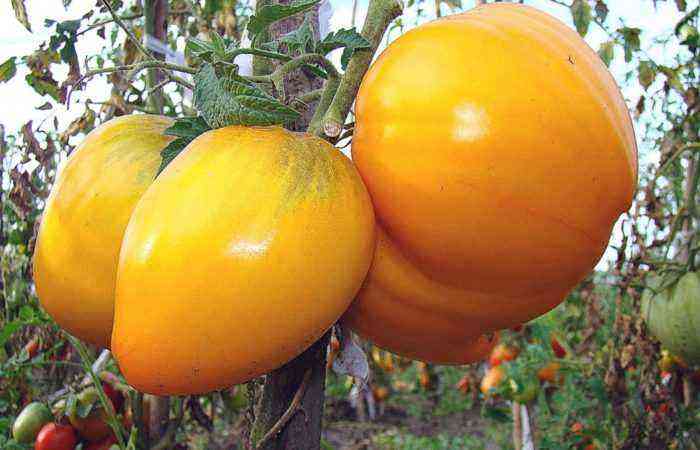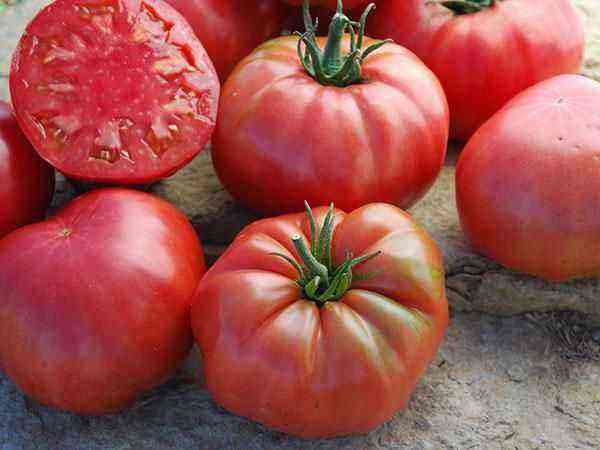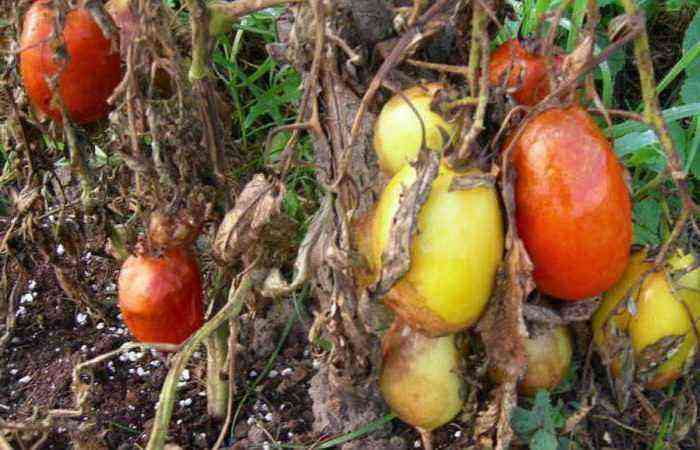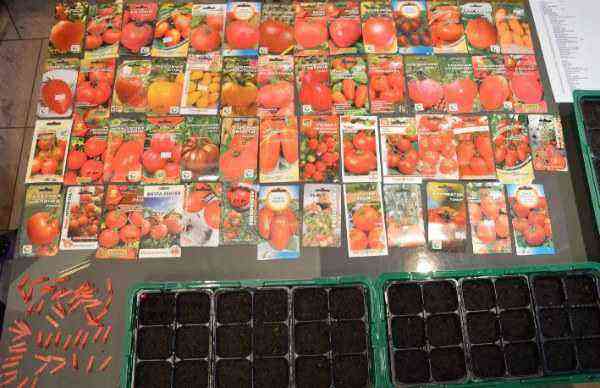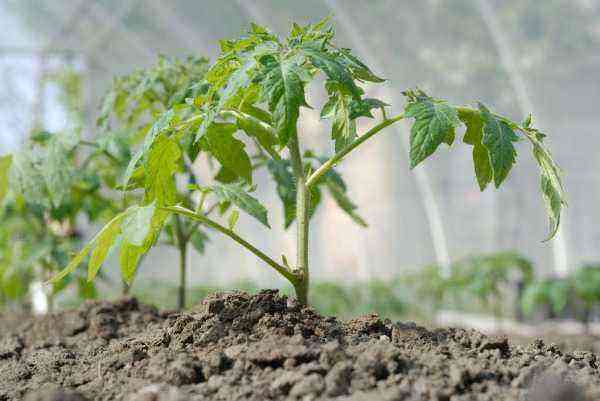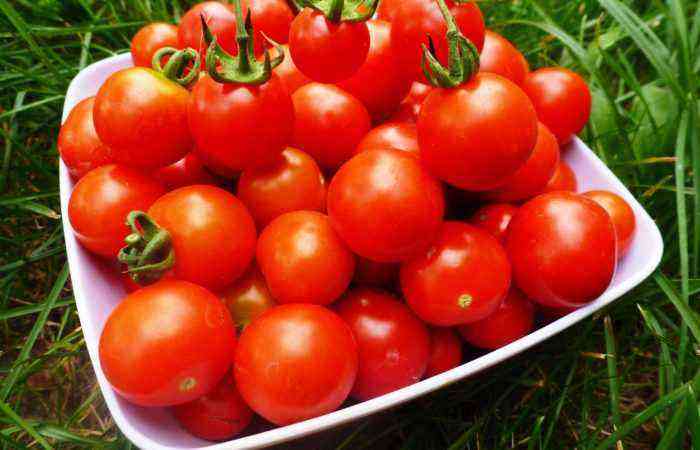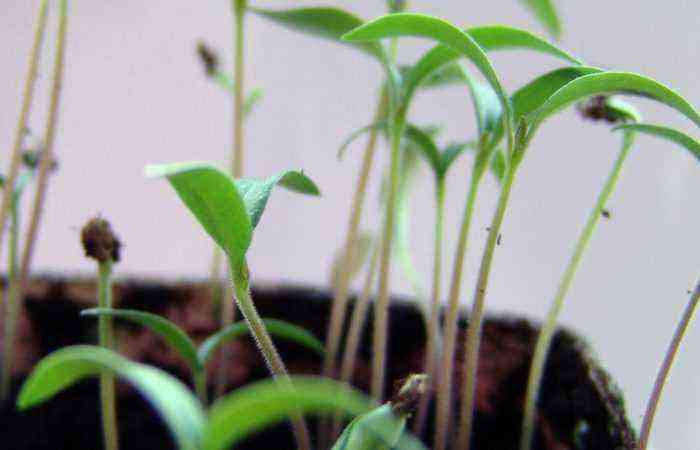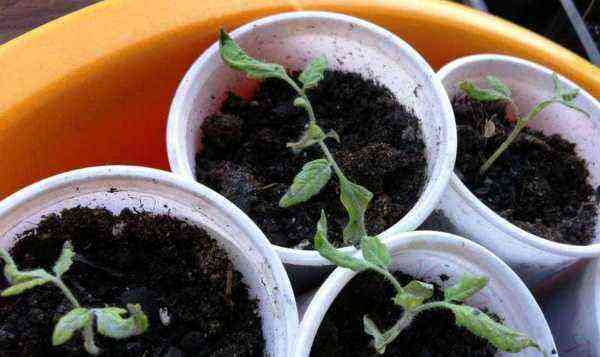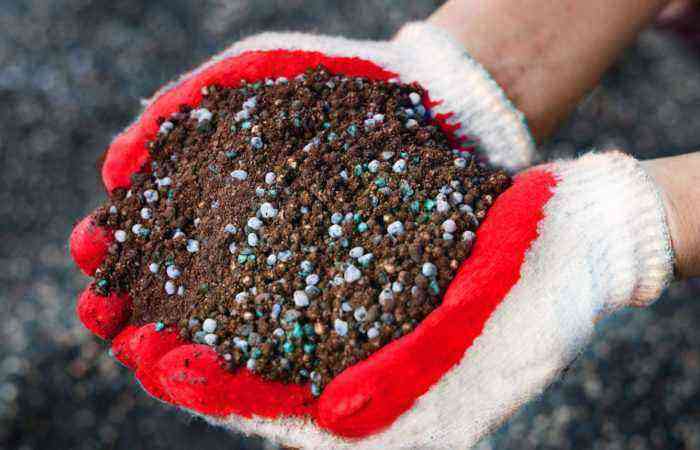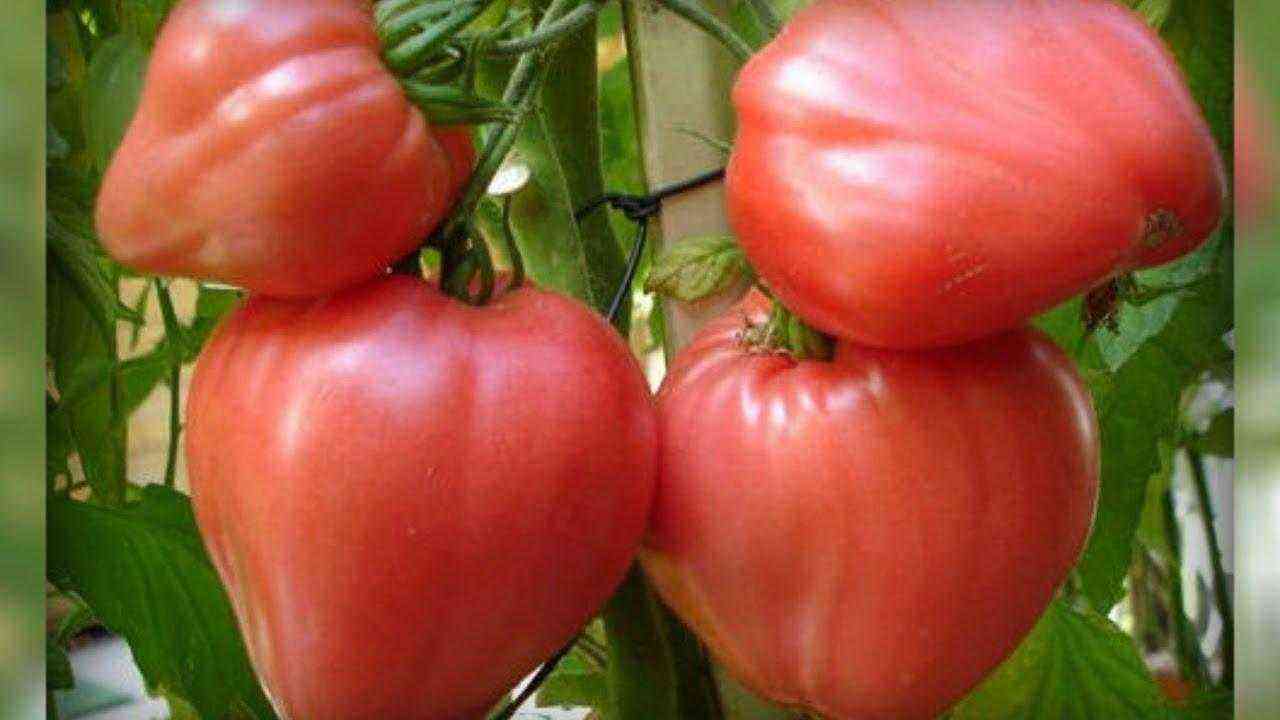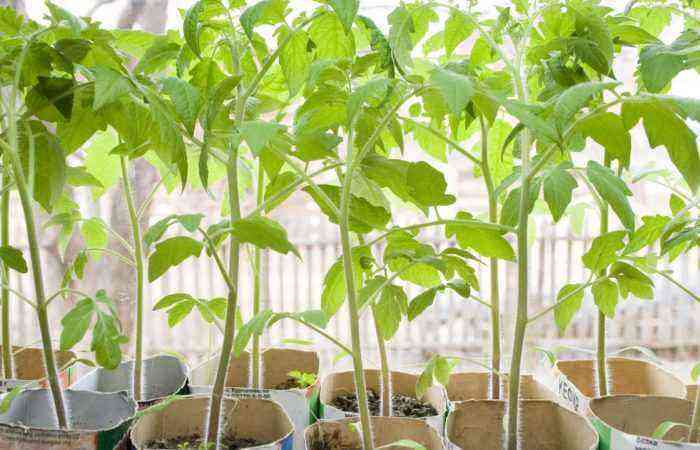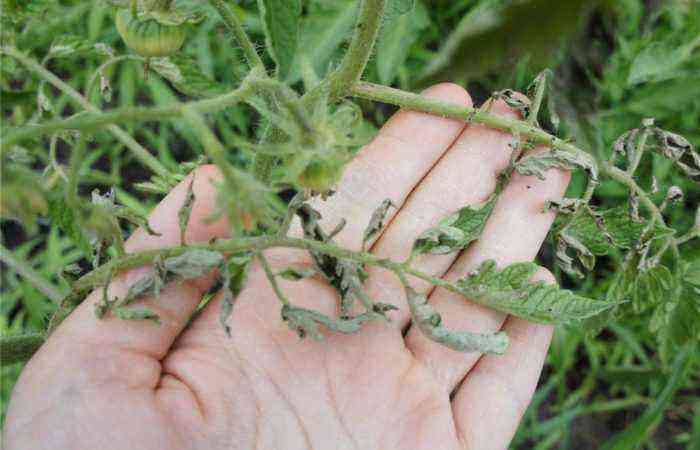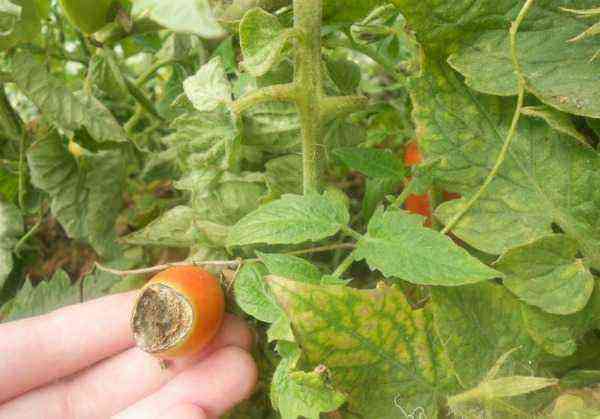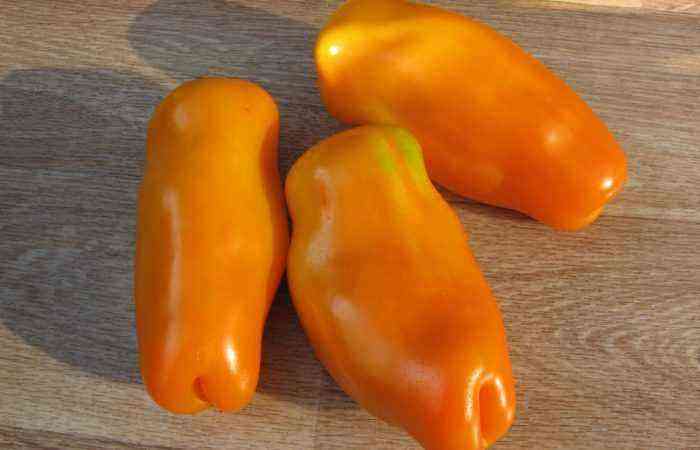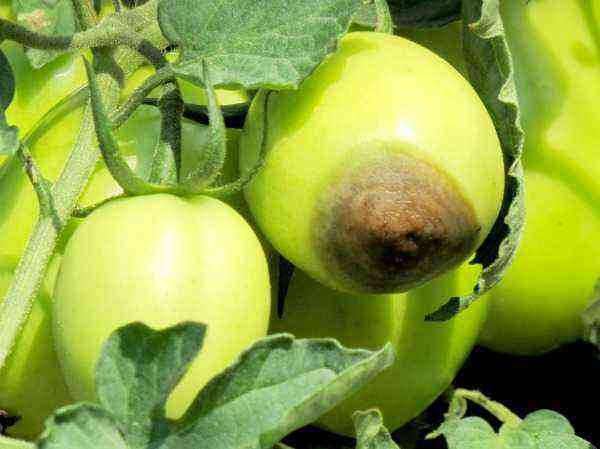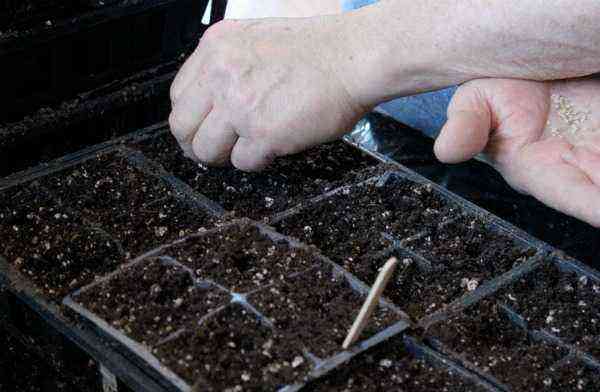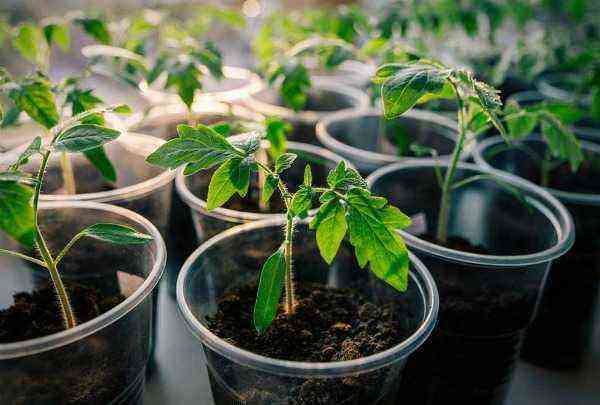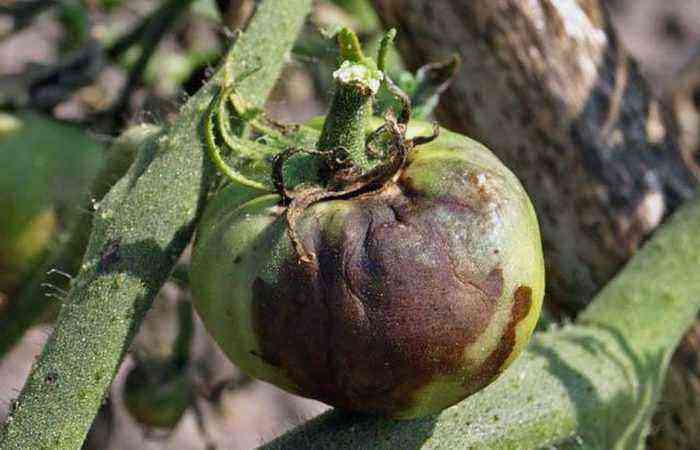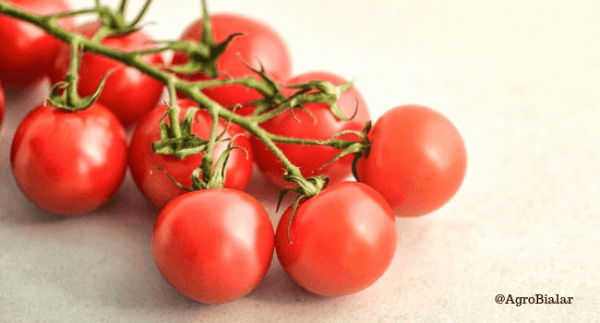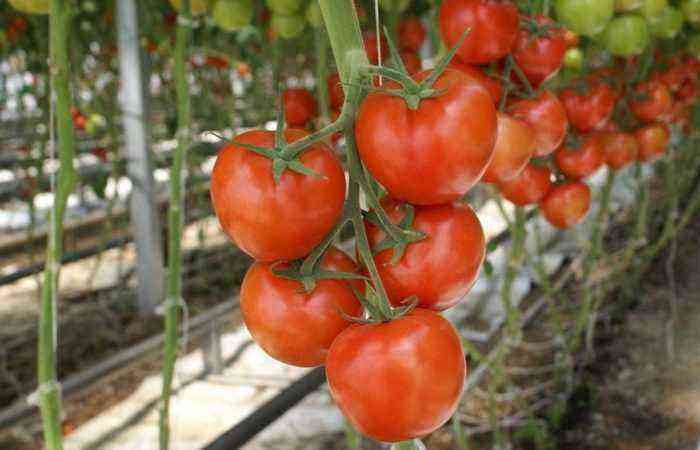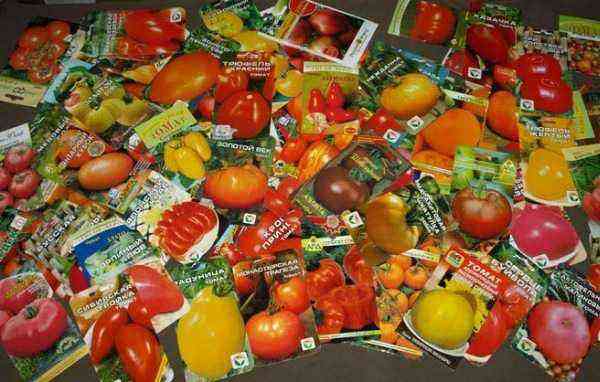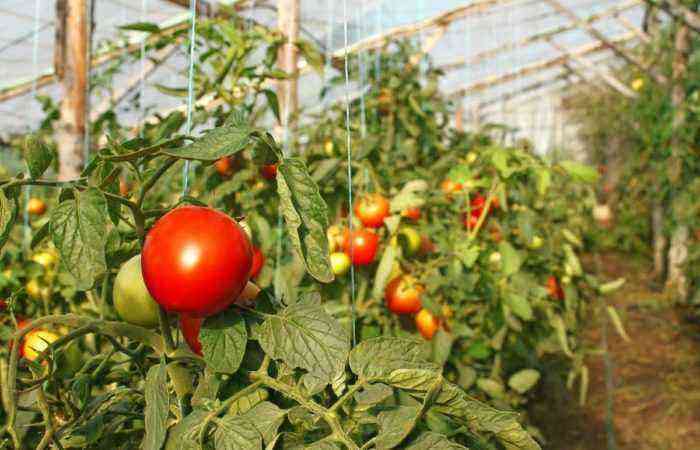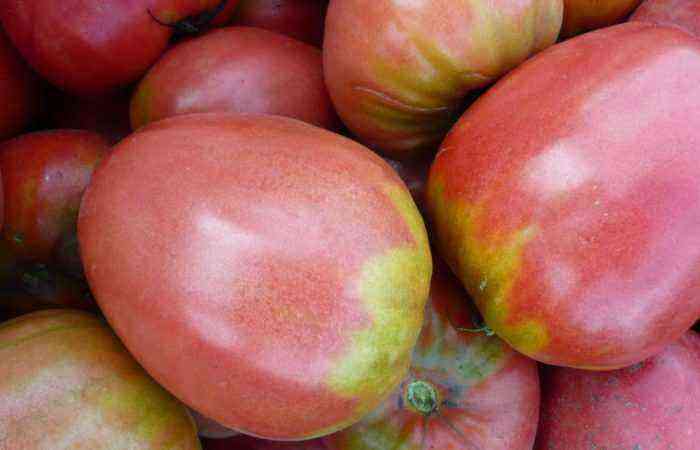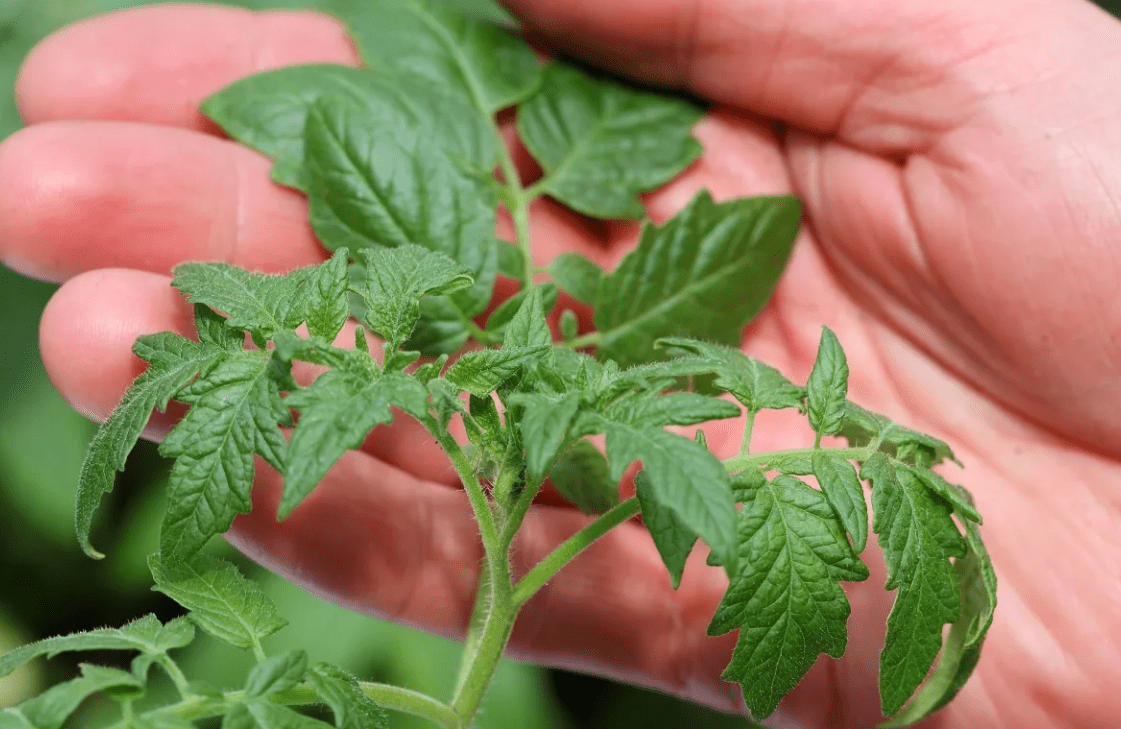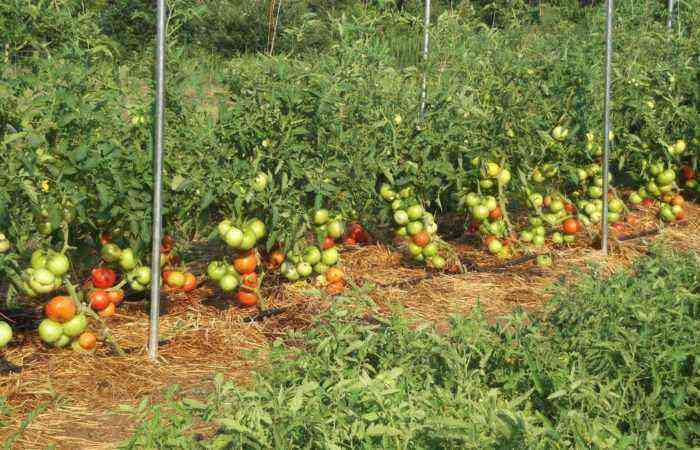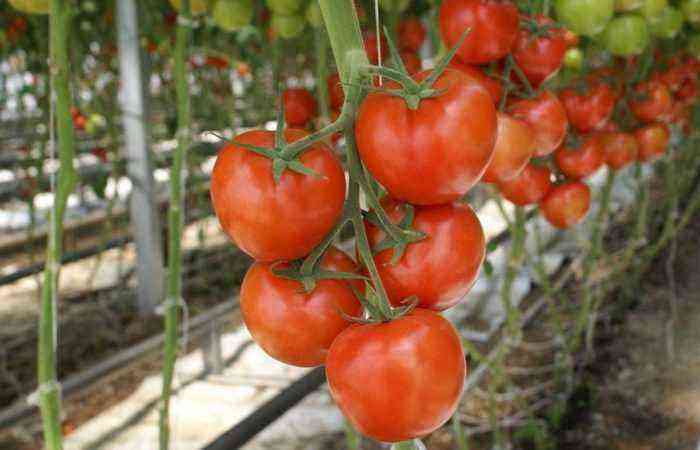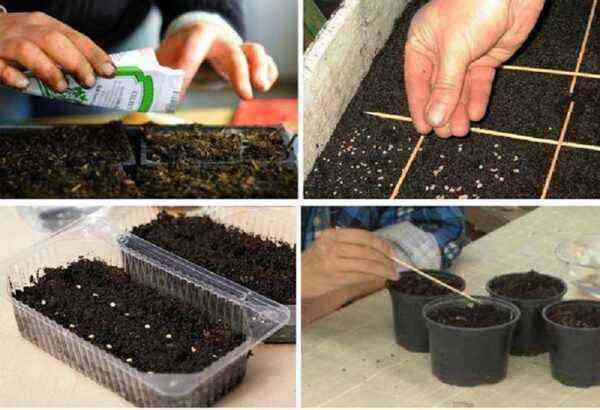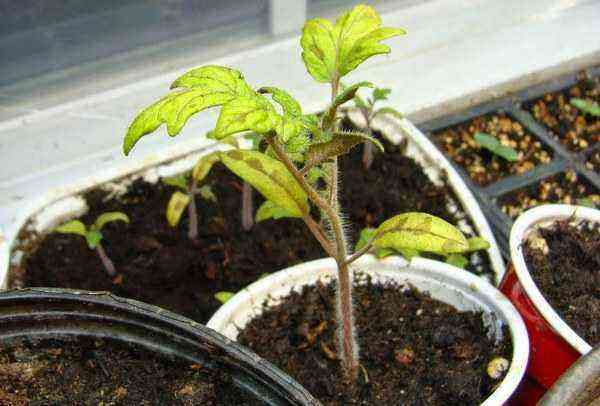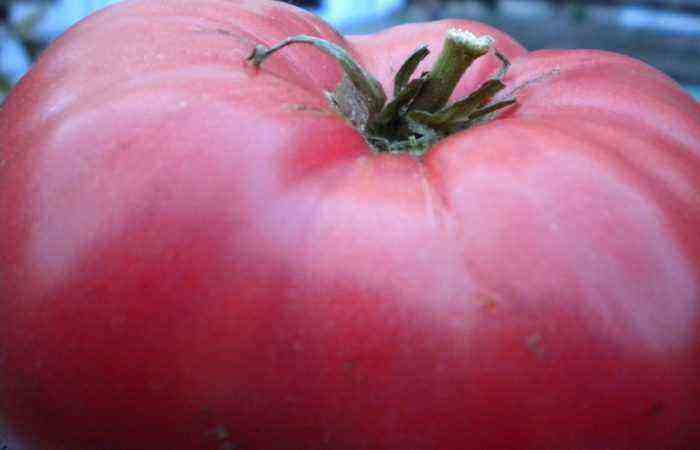Tomatoes are very heat-loving plants, they do not tolerate excessive moisture. The weather conditions of many regions are difficult for growing tomatoes in open ground, but you should not completely abandon this method of growing. The use of certain varieties and compliance with agrotechnical measures makes it possible to grow tomatoes in the open field, even in regions with a short summer.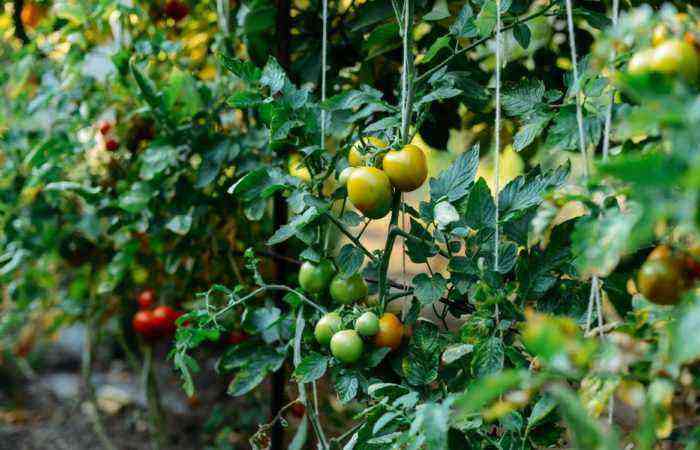
Benefits of growing tomatoes outdoors
Growing tomatoes outdoors has certain advantages:
- low cost due to the absence of costs for the construction of a greenhouse and heating;
- easy to care for landings;
- high taste qualities of fruits grown in natural conditions.
Disadvantages of open ground for tomatoes
- late planting in the ground and the beginning of fruiting;
- risk of death of seedlings during late frosts;
- short growing season and harvest;
- the risk of developing diseases under adverse weather conditions.
A significant part of success is the right choice of varieties
For open ground, early and mid-season varieties resistant to diseases are chosen:
- undersized, with short maturation periods (80-100 days) – “Alpha”, “Lyana”, “Gina”, “Gavrish”, “Marisha”;
- hybrid, early – “Aphrodite F1”, “Doll F1”, “Lyubava F1”;
- large-fruited – “Tolstoy”, “Explosion”, “Bull’s Heart”, “Dulya”;
- tall indeterminate – “De barao”, “Vezha”, “Cardinal”, “Scarlet Mustang”.
Optimal timing for planting tomatoes in open ground
It is very important to choose the right time for planting seedlings, so that, on the one hand, the seedlings are not subjected to hypothermia, and on the other hand, they do not delay the short growing season. The optimal planting time is chosen depending on the region: from early May to mid-June.
Moon calendar
Favorable for planting seedlings in the ground come during the period of the growing moon, when it passes the fertile zodiac signs: Taurus, Pisces, Cancer, Libra, Scorpio, Capricorn. Landing is not recommended during the waning moon and within two days of the onset of the full moon and new moon.
Seedling condition
When the seedling reaches the age of 45-60 days (depending on the variety), it is ready for planting. Signs of healthy seedlings:
- stable, thick stem;
- well developed root system;
- at least two pairs of large, green leaves and the first buds.
Soil condition
By the time the seedlings are planted, the soil should be moistened and warmed by the sun to 10 ° C at a depth of up to 20 cm. Planting a tomato is best done with the onset of steadily warm weather (at least 15 ° C) in well-heated ridges.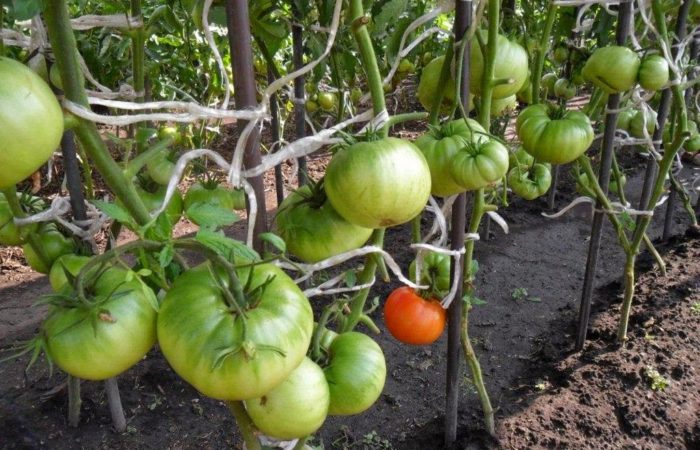
Basic rules for soil preparation before planting tomatoes
Tomatoes prefer well-lit, sunny areas, protected from the north winds by buildings or plant wings. Soils are preferably light, sod-podzolic, well-fertilized, with neutral acidity.
Carefully! It is not allowed to plant a tomato in areas prone to waterlogging.
Best predecessors: cereals, legumes and vegetables, except potatoes, late cabbage, peppers and eggplant. Undesirable neighbors for tomatoes are potatoes, cucumbers and kohlrabi.
Soil preparation in autumn
The main soil filling is an important agrotechnical measure that allows you to create favorable conditions for the growth of seedlings and optimize the amount of top dressing during the growing season. Under deep digging of the soil (20-25 cm), depending on fertility, they contribute 1 m2:
- manure, compost – 6-8 kg or bird droppings 3-4 kg;
- superphosphate – 30-50 g
- wood ash 100-150 g.
Attention! It is not recommended to apply nitrogen fertilizers in the fall.
Soil preparation in spring
If organic fertilizers have not been applied since autumn, only humus or well-rotted manure can be used in spring for digging the soil. A week before planting seedlings, mineral fertilizers are applied, preferably complex (urea, nitroammophoska, nitrophoska – 10-30 g per 1 m2).
How to fertilize
If fertilizers are not applied for digging, in the wells, before planting, add half a liter of humus or compost, 3-4 g of complex fertilizer, a couple of tablespoons of ash.
Disinfection
The soils are carried out about a week before planting seedlings. Effectively shed the soil with a weak solution of potassium permanganate, “Fundozol”, “Fitosporin”, this will reduce the likelihood of developing fungal diseases.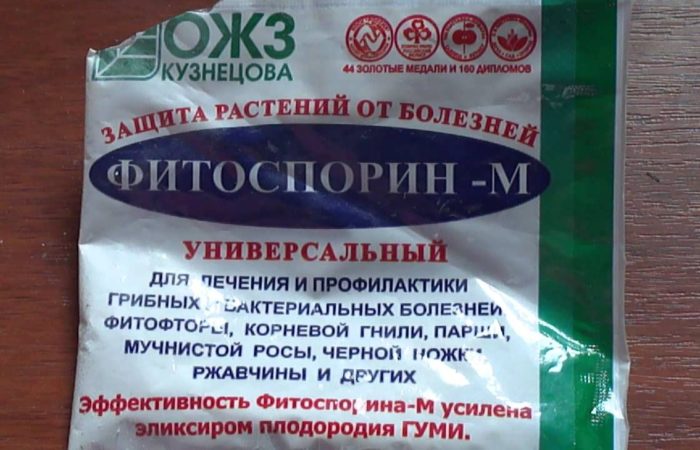
Watering
If the seedlings are planted with a well-moistened clod of earth in moist holes, watering after planting should be minimal. Over the next 7-10 days, the seedlings are not watered, unless the soil dries out at high temperatures.
Basic rules for planting tomatoes in open ground
The main method of planting a tomato in open ground is in horizontal ridges using a tape, square-nested method or in a checkerboard pattern. Depending on the variety and size of the bush, it is necessary to provide a distance between rows of at least 50-70 cm, and in a row – 30-50 cm. Ultra-early, standard varieties can be planted thicker.
How to prepare a hole
It is better to prepare in advance so that the soil is compacted and the applied fertilizers begin to work. The depth of the hole depends on the size of the pot and how the seedlings are grown, and should allow the root system to be deepened without damaging the earth coma. For overgrown seedlings, oblong holes are prepared, in which the roots and part of the stem are laid.
How to prepare seedlings
For easier adaptation in the soil, at least two weeks before planting, hardening begins by gradually lowering the growing temperature to 15 ° C. Before planting (for 1-2 hours), the seedlings are carefully watered so that the earthen ball does not fall apart.
How to plant
For planting, it is better to choose cloudy weather, without rain and strong winds. If sunny weather persists for a long time, seedlings should be planted in the evening, after solar activity has decreased. Seedlings are planted:
- In horizontal ridges – the most common, traditional way.
- If there is not enough space for planting, vertical structures (wide sewer pipes, wooden or metal gratings covered with a special fabric or film) are used, which are installed to the support. Seedlings are planted in prepared niches. When constructing a vertical bed, it is necessary to provide for the possibility of watering from a watering can or arrange drip irrigation for each plant.
Agrotechnical measures for the care of tomatoes in the open field
Watering tomato plants is carried out depending on weather conditions, as the soil dries up:
- in hot, dry weather – 2-4 times a week;
- in cloudy weather without rain – 1-2 times a week;
- in cloudy, rainy weather, watering is not carried out.
Basic watering rules:
- water should be warm;
- carried out under the root, without moistening the leaves;
- watering should be plentiful so that moisture penetrates the entire depth of the root system (20-35 cm).
Attention! Long breaks in watering during the ripening period, followed by abundant watering, contribute to fruit cracking.
Loosening
Careful loosening of the soil contributes to:
- improving air exchange;
- moisture retention;
- destruction of weeds;
- provides root respiration and nutrient delivery.
Loosening is carried out throughout the growing season until the rows close. The optimal time for loosening is after watering in the morning or in the evening after sunset. Priority – at least 1 time in 10 days, but better – after each watering or rain. Loosening must be done carefully so as not to damage the roots.
The video shows step by step how to properly plant tomato seedlings in open ground.
Plant nutrition in the open field
Spend every 10-12 days after planting seedlings. Their number during the growing season depends on soil fertility, variety and type of bush. The minimum number of top dressings for plant development and crop formation is four:
- At the first stage.
Care in the form of top dressing should ensure the formation of the root system, the powerful growth of the bush and the laying of fruit brushes. Two top dressings are carried out with infusion of mullein or chicken manure with the addition of wood ash or complex mineral fertilizers, where nitrogen predominates (nitrophoska, nitroammophoska).
- The next top dressing.
With the following top dressing, the proportion of nitrogen fertilizers is reduced, potassium fertilizers are increased for fruit setting and ripening. Top dressing is carried out on moist soil after watering or rain with fertilizer solutions. In conditions of increased natural humidity, when excessive moisture can be harmful, dry fertilization is allowed, followed by loosening.
The application of nitrogen fertilizers is not allowed in case of sharp drops in temperature or the danger of frost.
To feed the tomato, it is advisable to use foliar top dressing, which allows the plant to quickly use fertilizers. This is especially true if a long period of adverse weather conditions did not allow for timely root dressing.
Important! The longer the growing season of a tomato, the more fertilizing will be required.
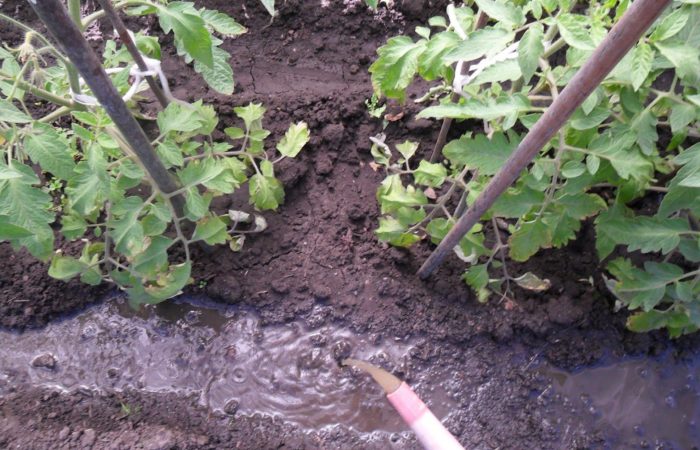
garter plants
Need simple determinate varieties, especially those formed into several stems, and tall indeterminate varieties. The garter is carried out to stable supports or trellises stretched between two pillars. It is better to fix the plant under each fruit brush. This is especially important for large-fruited varieties so that the stem does not sag under the weight of the fruit. They are tied with a soft thread or cloth so as not to injure the plant, as diseases are transmitted through wounds.
Low-growing early and ultra-early varieties do not require a garter.
Pasynkovanie tomatoes
Carried out to limit the number of lateral shoots, since plants in the open field are not able to tie and form fruits on all shoots that appear in the axils of each leaf. In order to concentrate the forces of the plant on laying the crop, the main part of the shoots is carefully broken out, leaving a small stump in the bosom so that a new shoot does not grow.
Stepping is carried out in dry cloudy weather, at least once a week, since breaking out overgrown shoots (more than 5 cm) injures the stem.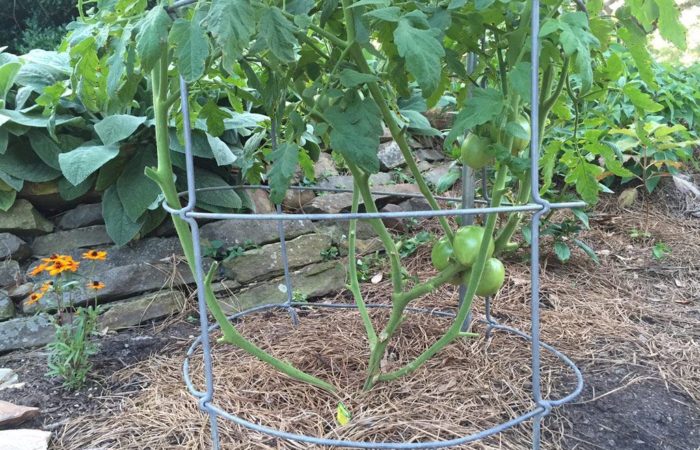
Shrub formation
Only low-growing early and ultra-early varieties are not required. They themselves limit the number of shoots, fruit ovaries and their growth for a short growing season.
Tomatoes of other varieties need to be formed:
- Indeterminate – in one stem.
To do this, remove all shoots in the axils of the leaves on the central stem. After the formation of a sufficient number of ovaries, pinch the top of the stem so that the fruits have time to fill and ripen before adverse weather conditions.
- Determinant varieties are formed in 1-3 stems.
To form a new stem, a healthy shoot is left below the flower brush located at the bottom of the plant. You can extend the vegetation of varieties with limited growth by leaving a side shoot after laying the last brush, and on it you can get one or two more.
Even in the conditions of a short summer, with the right selection of varieties and compliance with a set of agrotechnical measures, you can get a good and high-quality crop of tomatoes in the open field.



